Paraesophageal hernia with incarceration of the gastric antrum and duodenal bulb
Presentation
Vomiting with central lower chest and upper abdominal pain
Patient Data
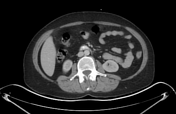

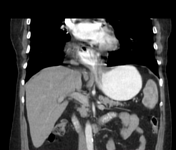

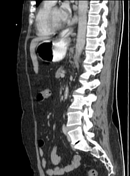

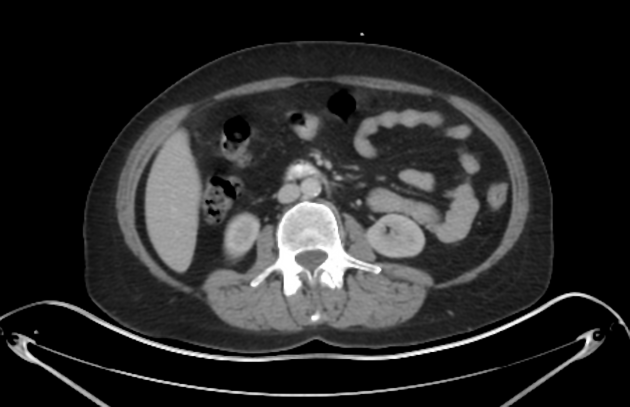
Prolapse of the gastric antrum and duodenal bulb into the mediastinum on the right side of the esophagus with dilatation of the stomach and duodenal bulb and narrow segment in between at the exiting point. The gastroesophageal junction is seen at its normal anatomical location below the diaphragm.
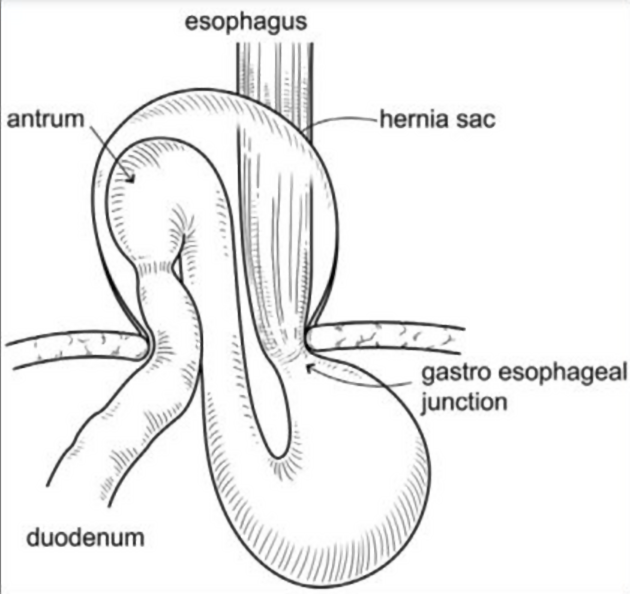
Annotated image 1 reveals paraesophageal hernia with involvement of the gastric antrum and duodenal bulb which are noted on the right side of the esophagus.
Case Discussion
Findings are in keeping with a paraesophageal hernia with incarceration of the gastric antrum and duodenal bulb which is an uncommon diagnosis with few case reports published in the literature.




 Unable to process the form. Check for errors and try again.
Unable to process the form. Check for errors and try again.